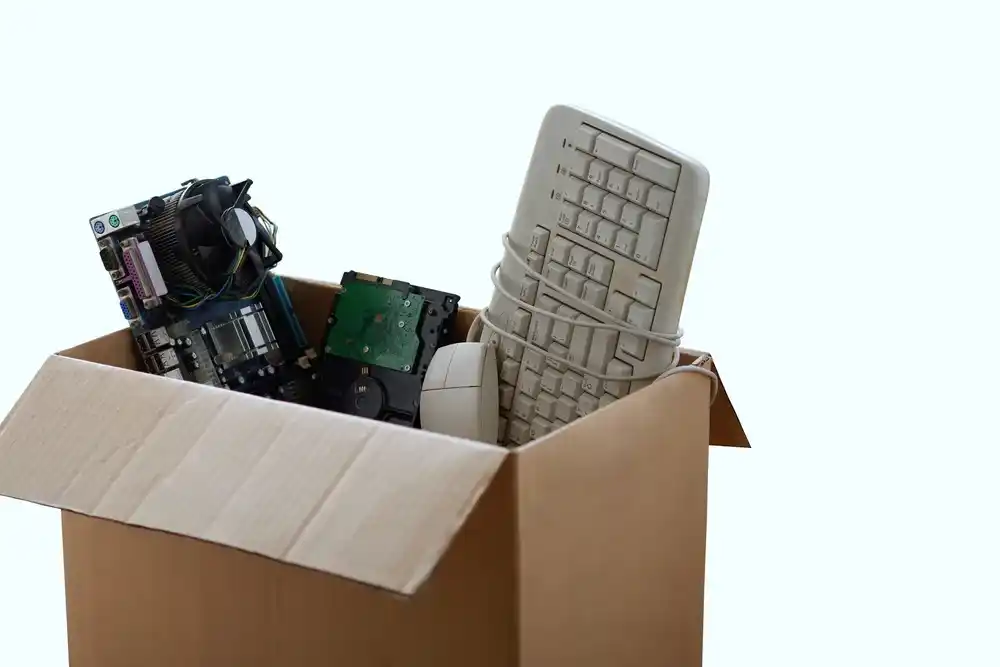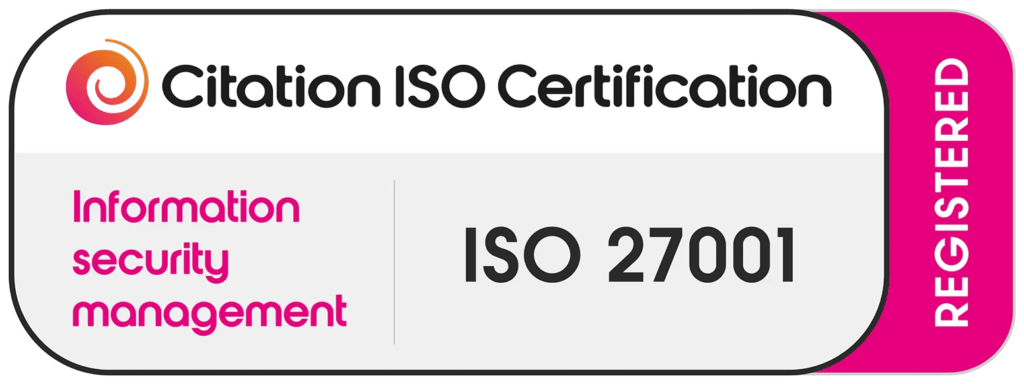Introduction to IT Recycling
IT Recycling With the rapid advancement of technology, businesses and individuals frequently upgrade their IT equipment. However, disposing of outdated devices improperly can lead to severe environmental and security risks. IT recycling offers a sustainable electronics disposal solution that helps reduce waste, conserve resources, and protect sensitive data.
Electronic waste (e-waste) comprises discarded computers, smartphones, servers, and other tech devices. Without proper recycling, these items can release hazardous materials, such as lead and mercury, into the environment. By adopting responsible e-waste recycling best practices, companies and individuals can minimize their ecological footprint and ensure compliance with regulatory guidelines.
Environmental Impact of Improper IT Disposal
Harmful Effects on Soil and Water
When e-waste is dumped in landfills, toxic substances leach into the soil and water, contaminating local ecosystems. Heavy metals like cadmium and lead can seep into groundwater, making it unsafe for consumption and harming aquatic life.
Contribution to Pollution and Health Hazards
Burning electronic components releases harmful chemicals into the air, contributing to air pollution and respiratory issues. Exposure to these toxins has been linked to neurological disorders and other health problems. Proper IT recycling prevents these hazards by ensuring safe disposal and material recovery.
Benefits of Sustainable IT Recycling
Resource Conservation
Recycling IT equipment recovers valuable materials like gold, silver, and copper, reducing the need for mining and conserving natural resources. This also helps lower manufacturing costs and energy consumption.
Reduction of Environmental Footprint
By refurbishing and reusing old electronics, we extend their lifespan and reduce the carbon footprint associated with producing new devices. Sustainable corporate e-waste recycling programs play a crucial role in minimizing environmental impact.
Understanding E-Waste
Definition and Categories
E-waste refers to discarded electronic devices, including:
- Consumer electronics (smartphones, laptops, tablets)
- Office equipment (printers, monitors, servers)
- Industrial IT assets (networking hardware, data centers)
Statistics on Global E-Waste Generation
According to the Global E-Waste Monitor, over 53.6 million metric tons of e-waste were generated worldwide in 2019, with only 17.4% being properly recycled. This alarming trend highlights the need for effective IT asset disposition (ITAD) services.
Best Practices for IT Recycling
Data Security Measures
Proper secure data destruction methods are crucial before recycling IT assets to prevent unauthorized access to sensitive information.
Importance of Data Wiping
Failing to erase data before disposal can lead to data breaches and identity theft. Companies must implement secure data destruction methods, such as:
- Data wiping – Overwriting data multiple times using specialized software
- Degaussing – Using magnetic fields to erase data on hard drives
- Physical destruction – Shredding or crushing storage devices
Selecting Certified Recycling Partners
Choosing certified IT asset disposition (ITAD) services ensures compliance with environmental and security standards. Look for certifications such as:
- R2v3 Certification – Ensures responsible recycling practices
- e-Stewards Certification – Guarantees ethical disposal methods
- ISO 14001 Certification – Confirms adherence to environmental management standards
Evaluating a recycler’s credibility ensures safe and compliant IT disposal.
IT Asset Disposition (ITAD) Strategies
Refurbishment and Resale
Many IT assets can be refurbished and resold, providing businesses with an opportunity to recover value while promoting sustainability.
Donation Programs
Organizations can donate functional electronics to schools, non-profits, or low-income communities, extending the life cycle of IT equipment and supporting digital inclusion initiatives.
Regulatory Compliance in IT Recycling
Overview of WEEE Directive
The WEEE Directive (Waste Electrical and Electronic Equipment Directive) is a European regulation that mandates proper disposal and recycling of e-waste. Compliance ensures environmental responsibility and legal adherence.
Local Regulations and Compliance Requirements
Different regions have specific e-waste regulations. Businesses must follow national and international laws to avoid penalties and contribute to sustainable waste management.
Corporate Responsibility and Sustainability
Developing Internal Recycling Policies
Companies should establish internal policies for responsible IT disposal, ensuring alignment with sustainability goals.
Employee Training and Awareness Programs
Educating employees about data privacy in IT equipment recycling and proper disposal practices enhances compliance and reduces risks associated with improper e-waste management.
Technological Innovations in IT Recycling
Advances in Recycling Technologies
Innovations in e-waste processing include:
- Automated material separation – AI-driven sorting systems improve recycling efficiency
- Eco-friendly chemical recovery – Extracts precious metals with minimal environmental impact
Role of AI in Sorting and Processing E-Waste
Artificial intelligence enhances innovations in e-waste recycling technology by improving material recovery rates and reducing manual labor.
Case Studies of Successful IT Recycling Programs
Corporate Initiatives
Companies like Dell and Apple have launched corporate e-waste recycling programs, collecting and recycling old devices responsibly.
Community-Based Recycling Efforts
Non-profit organizations and local governments run sustainable electronics disposal solutions, encouraging residents to recycle their outdated electronics.
Challenges in IT Recycling
Addressing the Informal Recycling Sector
Many developing countries rely on informal e-waste recycling, leading to unsafe practices and environmental damage. Establishing formal recycling systems is essential for sustainability.
Overcoming Logistical Hurdles
Transporting and processing e-waste requires proper infrastructure and investment. Governments and private entities must collaborate to improve recycling accessibility.
Future Trends in IT Recycling
Predictions for 2025 and Beyond
The IT recycling industry is expected to grow with advancements in:
- Sustainable manufacturing – Using eco-friendly materials in electronic products
- Blockchain tracking – Ensuring transparency in e-waste disposal
Emerging Technologies and Practices
New recycling methods, such as bioleaching (using bacteria to extract metals), will shape the future of IT recycling.
Conclusion
IT recycling is crucial for reducing e-waste, conserving resources, and protecting sensitive data. Businesses and individuals must adopt e-waste recycling best practices, including secure data destruction methods and working with certified IT asset disposition (ITAD) services.
By implementing sustainable electronics disposal solutions, companies can comply with regulations like the WEEE Directive, reduce their environmental impact, and contribute to a greener future. Now is the time to take action and make IT recycling a priority.
FAQs
1. Why is IT recycling important?
IT recycling prevents hazardous waste from polluting the environment, conserves resources, and ensures secure data destruction.
2. What are the best secure data destruction methods?
Data wiping, degaussing, and physical destruction are the most effective methods to ensure complete data privacy before recycling IT equipment.
3. How can businesses ensure WEEE Directive compliance?
Businesses can comply with the WEEE Directive by partnering with certified IT asset disposition (ITAD) services and following local e-waste recycling regulations.
4. What are the benefits of refurbishing old electronics?
Refurbishing extends the life of IT assets, reduces waste, and allows companies to recover value by reselling or donating functional devices.
5. How can AI help improve IT recycling?
AI-driven sorting technologies enhance material recovery rates and improve the efficiency of innovations in e-waste recycling technology.
6. What are some corporate e-waste recycling programs?
Companies like Apple and Dell offer corporate e-waste recycling programs that responsibly collect and recycle old electronics.



